QuestionQUESTION: Nitrite = 0 PPM
Nitrate = 160 PPM
Ammonia = 0.50 PPM
Salinity/S.G. = 1.027
Temperature = 82 Fahrenheit
pH = 8.1
(if Reef/coral, please include the following)
Calcium = No Test Kit YET
Alk = 20 dKH
I was given a tank by a friend. All we know is that this tank was rather well established but then it was abandoned along with an apartment for unpaid rent. It sat for about a month with no care and without electric so long the filter had dried out!!
Somehow a clownfish survived along with some algae covered live rock and live sand. I have been caring for the tank for a week. I refilled the water and brought all the levels back to ideal/acceptable. I also added 2 hermit crabs, 2 snails, and 2 mushroom corals (I know, it's early, sorry) to help create a balance to the algae all over the tank. I also added one more live rock.
All the new pets seem to be healthy and happy on their day 3 in this tank. In fact everything seems to be good so far.
Though I am new my intention is to do 10% water changes every other day to bring the nitrates down but I would like for that to be a self-maintaining level eventually.
My questions are many>
1. this is my first ever saltwater tank. What should I do from here to create a mini reef tank? 2. can live rocks die, and do you think mine did? 3. what else should I add to this tank to help this tank create its own natural balance? Thanks in advance!
ANSWER: WOW, talk about survivor... that little clown is one lucky guy...
before i answer your questions, can you pleaes elaborate more as to what type of tank it is, what size, what equipment do you have, what lights, etc...
1. Well, all saltwater tanks/aquariums are mini reef tanks... You can create a fish only or a mixed reef or a predominate coral tank, or species tank... What to do or how to do it is a long and involved discussion. But, what i would do now, is to just keep doing water changes, (bigger then 10%, probably closer to 30%) to get the nitrates down... between the nitrates at 160 and your ammonia be detectable, you are working without a fully functional biological filtration system
2. Yes, live rocks and sand can die. no, i dont think your died, YET, but I imagine between the lack of oxygen and other food source that the 'balance' is out of whack. BIG TIME
3. Pretty much the same as #1... keep doing water changes until your nitrates are lower, almost zero or ZERO...
I am concerned that your sand bed is toxic or at least has a dead layer that is too close to the surface... But,if you cant smell rotten something,then you maybe okay. Your nose will know...
If you have good filtrations and good circulation and good lighting, you can do what you want withthe tank, your mind and wallet will be the limit... but, as inferred at the beggining, you need good lighting and everything else to pull it off...
Let me know what you got, and we will carry of from there.
thanks
bill
---------- FOLLOW-UP ----------
QUESTION: The tank is a 15 gallon high, so 20 x 10 x 18. It has a 18" 50/50 reef bulb over it (t8 fixture). The filter is a Aqua-Tech 30-60 gallon power filter. Pretty minimal if I understand these things right.
I'm looking to create a "species tank", looking for the appearance (and hopefully the self-maintaining balance) of a natural ecosystem. I would like for all my inhabitants to work with each other.
I will work on the water changes, but is there anything (pets or plants)I can add to increase my biologic filter population? I mean to get the microorganism count back up? I don't have room for more rocks...
No smell from the tank at all, but what should I do about the sand to be sure?
Thanks!
ANSWER: Ok, thanks for the info.
that is a small tank, and I am absolutely surprised nemo survived that long. wow!!!
Your last comment/question is kinda of important... 'TO BE SURE'
To be sure, I would toss the sand and rock and kind of start over...
But, I can aosl appreciate the position of 'Hey, Ive got, lets try it'
So, I will assume we will work towards that goal/methology...
I would get a couple five gallon buckets with saltwater. (it could be your old water from past water changes)
It can be lower salinity, 1.015 or so... not really that important..
And then a soft / medium soft bristle brush and dunk/swish/brush/dunk
then repeat in the next bucket...
and basically scrub and rinse all the rocks..
I would then rinse the sand using the dirty water and repeat with progressively cleaner water...
A lot of work, and you can take whatever shortcuts
Then there is two approaches to consider at this point. You can just go ahead and put the rocks back into the tank and move forward, OR you can process the rocks further to kill off any hitchikers and whatever other organics that might be in/on the rock. This process would take at least 60 days. It doesnt take a lot of labor/hands on, but it would need dark, relative cool place, (not above 80 for long periods of time.)
I will presume you wont be doing this process.
This will bring you as close to the 'beginning' as possible.
You will need to 'cycle' the tank. (cycling is just a term used to describe the time period while a tank is growing the biolgoical organisms
During this period is when you do your reading and researching of 'how to setup up a saltwater aquarium', along with the beginning of you establishing a 'routine'.
A lot of folks believe that maintaining a saltwater aquarium takes a lot of time and is 'technical', but i dont. I think STARTING a saltwater aquarium takes a lot of time and is kind of 'technical', but after the tank gets up and going, the amount of time and the need for 'technical info or isues is rare. And when it does happen and it is needed, you have the 'basics' from the beginning to help you eitehr resolve it or to communicate it to someone else...
anyways, dont mean to preach, but, I think it important to try to clean up what maybe a problem later. This way, if something comes up, it wont really be relative of what or how the tank came to you...
Hope all this helps, if not, please let meknow.
Also, I have a new forum, (really new), and it has many of the typical 'forum' freatures, but it also has LIVE chat, where you can chat with me or anyone else who maye in the room.
The forum also has BLOGs, so you can create and keep a journal of your tank and get feedback from others...
www.thelittleocean.com
---------- FOLLOW-UP ----------
QUESTION: Thanks for all that info! Very helpful. My last question is this. If I just do the swish-scrub-dunk approach then put everything back will my tank still need to cycle? If yes what about the creatures already in the tank? My highest priority is not killing them. But if I have to let the tank cycle WITHOUT them I have no other cycled tanks to put them in.
If this is all correct maybe it would be best to just fix what I have?? If so then can you give me any advice or heads up on what hazards I'll be inviting? (I'm not trying to be cheap or lazy just careful due to my whole 8 days experience with saltwater!) Thanks again!
AnswerIf your tank currently is measureing ammonia, then your tank is cycling right now...How much, is YET to be dtermined. it could get worse before it gets better. OR, it could get better without getting much worse.
That was the point of 'to be sure' issue.
If your tank cycles with occupants, it does not mean 'certain' death tothe fish. And you will be doing what you are doing now, FREQUENT water changes..
If your rocks and sand are covered with decaying material, then several things can happen. Toxic materials will leach, slowly or quickly, into the tank, making whatever problems you have last longer and give you wonder as to what is the cause.
It could also feed new biological organisms giving them more food then they will have once they grow up and the decayed material is gone.
This 'over population' is actually not a good thing, (it doesnt give you extra filtrerng power). what it does it cause another die off of organisms when they run out of food, and they will die off, and basically cause the process to repeat...
Which is where the term CYCLING comes from... organisms themselves cause death and growth, back and forth, until they reach the optimal balance of food and organisms
This is important to understand as whenever you make changes in the future, eitehr add or subtact fish, sand, rock, it will cause the process/cycling to occur again.
anyways, please let me know how things work out for you
Good luck
Bill
Also, I have a new forum, (really new), and it has many of the typical 'forum' freatures, but it also has LIVE chat, where you can chat with me or anyone else who maye in the room.
The forum also has BLOGs, so you can create and keep a journal of your tank and get feedback from others...
www.thelittleocean.com

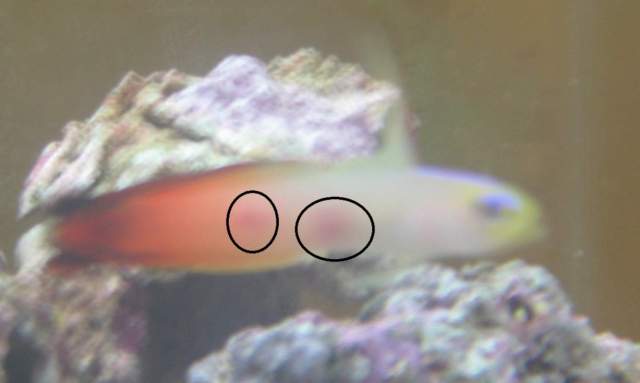 Injured Firefish
QuestionFirefish
QUESTION: 1. 20 gallon nano ree
Injured Firefish
QuestionFirefish
QUESTION: 1. 20 gallon nano ree
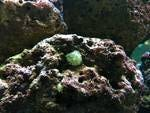 wierd growth in tank
Questionaquarium growth
QUESTION: Enclosed is a
wierd growth in tank
Questionaquarium growth
QUESTION: Enclosed is a
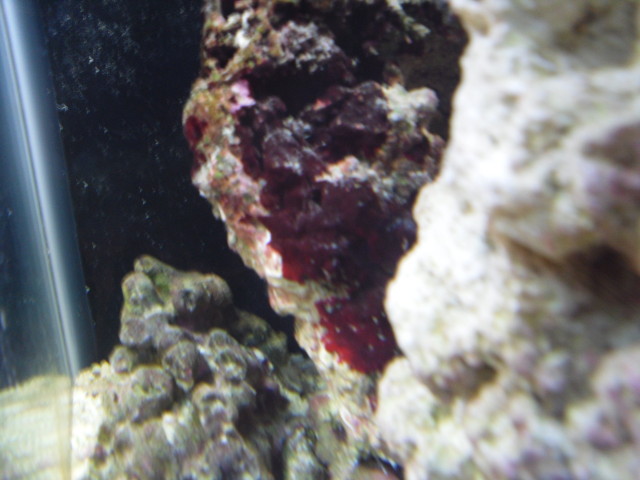 red in my sand
QuestionQUESTION: I have a new 30 gallon saltwater tank
red in my sand
QuestionQUESTION: I have a new 30 gallon saltwater tank
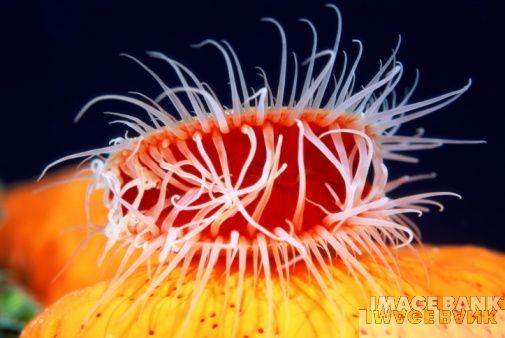 electrc-flame scallop
QuestionHi! I have an electrc flame scallop whos Flames
electrc-flame scallop
QuestionHi! I have an electrc flame scallop whos Flames
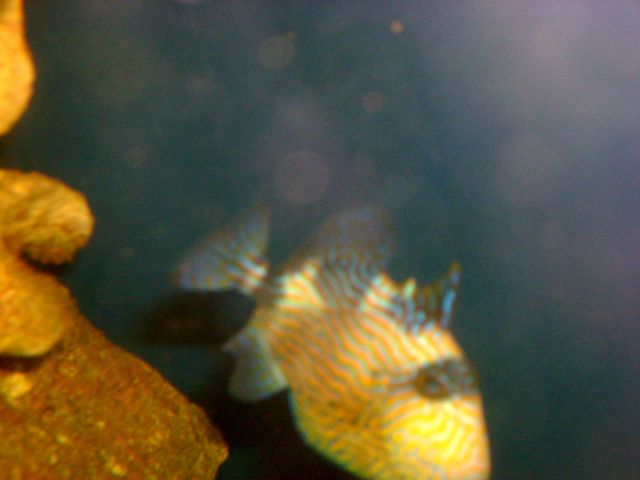 blue line trigger fish
Question
blueline triggerfish
is there any way to tell
blue line trigger fish
Question
blueline triggerfish
is there any way to tell